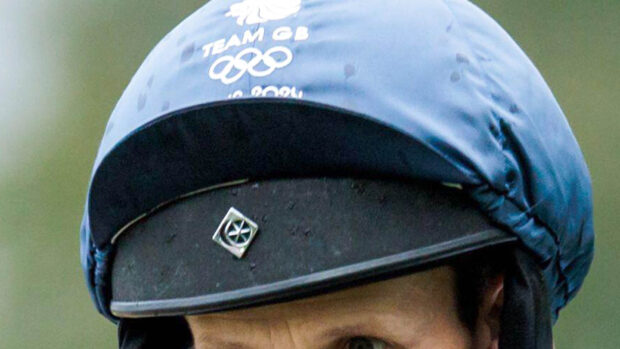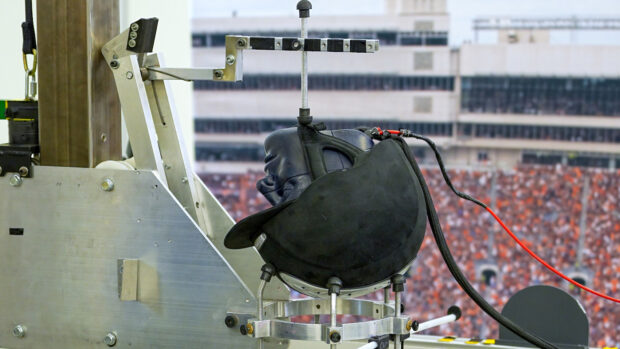Much of day one of the Global Dressage Forum in Denmark (20-21 October) was spent discussing ways in which dressage can be moved forwards, expanded, made more popular and grab more air time.
Jo Public don’t want to sit through two long, solid days of grand prix tests at championships and broadcasters won’t dedicate two days to it.
So what can be done to make dressage more appealing to sponsors, spectators and the wider media? One idea in development, as Finnish dressage legend Kyra Kyrklund outlined, is a contracted grand prix lasting just four minutes.
But should all the current elements be crammed into that test, or just a selection of them? Both versions have been developed and will be tested in Germany in the coming months.
Commercial opportunities
Discussion also focussed around how to make the sport more commercially attractive to bring in money and raise profile.
Could judges’ huts be sponsored, in the way that London buses are “taken over” by Adidas’ advertising?
What about the arena boards? And if not, why not? Such overt displays of sponsorship aren’t currently allowed, but many delegates agreed that dressage will have to think outside the box in order to grow and develop.
There’s a huge discrepancy in prize-money between international jumping and dressage. Jumps can be sponsored, jumping riders can wear whatever colour jackets they want (I think – it certainly seems so), bearing a wider array of more obvious sponsorship.
Audience participation
Perhaps it’s the lack of audience participation that makes dressage less attractive commercially than jumping? After all, the moment a horse lands over the final fence in a clear round, the music is jacked up and the big screen explodes in excitement and the crowd is swept up in a din of cheers and whoops.
Can some of that energy be borrowed for dressage? It’s so boring for spectators to have to sit quietly for fear of spooking horses.
I watched the reining at the World Equestrian Games (WEG) in Normandy. They do a dressage test of sorts and the appreciative crowd signal a well-performed movement with vocal gusto. So horses CAN get used to noise while performing. And those that can’t? Well perhaps we allow them to wear ear plugs? After all, if this really is about both mass appeal and horse welfare, why not allow ear plugs if it makes nervous horses happier about doing their job in an environment more attractive to major commercial sponsors?
Crash hats and colours
On day two of the convention the Danish author, journalist and judge Jytte Lemkow gave a (self-confessed unscientific) presentation about harmony in the sport. Aside from talking about the paces and how they adhere to or deviate from the FEI directives, she talked about headgear.
She abhors the modern fashion to wear crash hats, said they do not go with tail coats and have no place in the sport, which should stick to its traditional roots. I disagree with her in the strongest possible terms, and I expect that riders like Courtney King-Dye and Fiona Bigwood would too.
Jytte also lambasted brightly coloured tailcoats, using pictures of Hans Peter Minderhoud’s Dutch orange points on his tails and a Swiss rider with a flag logo on his saddlepad.
She used a picture of Carl in his shiny Union Flag crash hat – among others – to illustrate how “unharmonious” these safety helmets are.
But what sort of an example would we be setting if youngsters and novice riders started refusing to wear “proper” hats because the top riders shunned them?
What made me even more cross was the smattering of applause when she said crash hats had no place. Weren’t people listening to the previous day’s discussion?
The art of compromise
We really must modernise dressage to make it more appealing to a wider audience, and that’s likely to involve some compromise.
The FEI’s Hans-Christian Matthiesen conceded that it will be “hard but essential” for dressage to remain on the Olympic roster, and to do that the sport will “perhaps have to sacrifice a few things. We must add appeal and broaden the number of nations taking part”.
I’m not saying top hats should be banned; I’m all for choice, but I’m pleased our British dressage team are sensible and forward-thinking; all four of them used helmets at WEG (pictured top).
Dressage often gets stick for being perceived as an elitist sport. Dismissing modern, comfortable and safe equipment on the basis of old school tradition is barmy, and only serves to reinforce the elitist perception to outsiders. Dressage is a sport and sports have to evolve. You want to see things exactly as they used to be? Go to a museum.
Don’t miss the report from the Global Dressage Forum in Horse & Hound magazine, out Thursday 30 October




